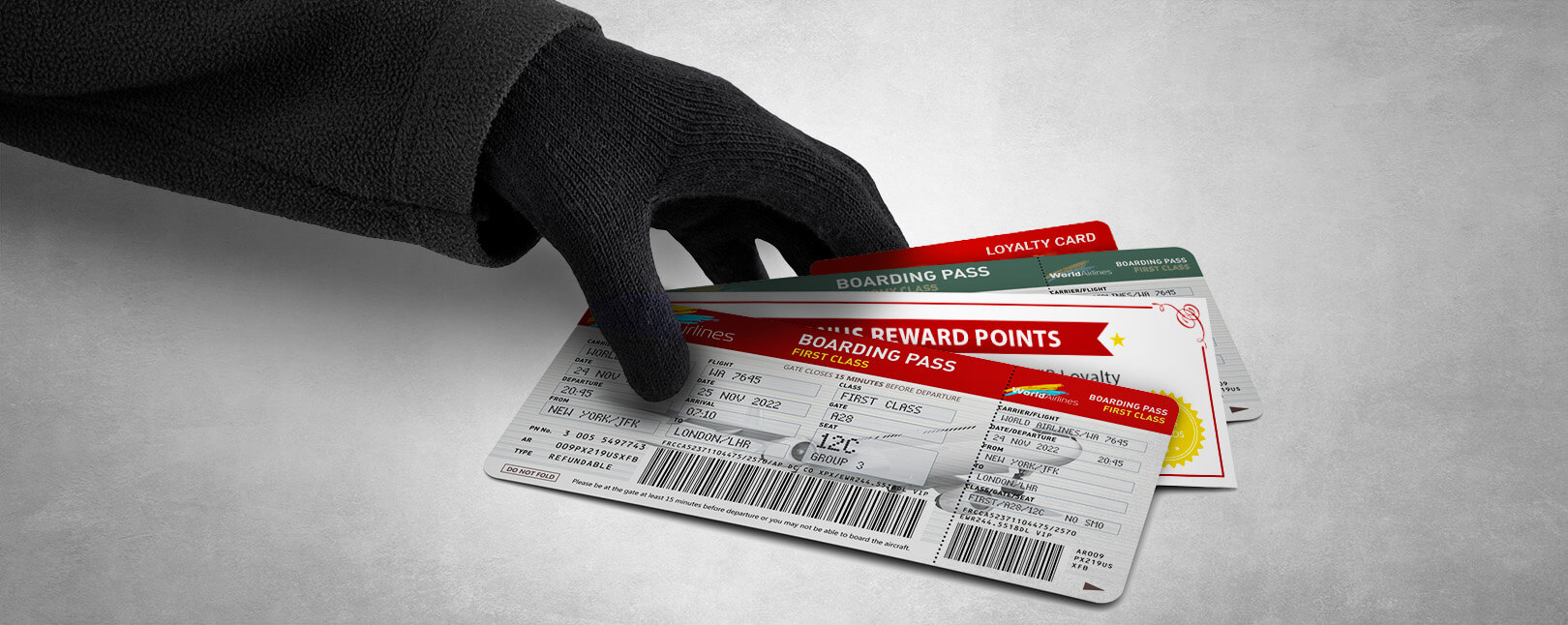Learn the Top 3 Travel Fraud Indicators…and Where They Fall Short
The average card-not-present fraud rate in the travel industry went up 4% in 2017 compared to the previous year. That’s a startling increase, when other sectors that tend to feel the impact of fraud, such as like electronics or cosmetics, saw just a 1% rise in fraud during the same period.
Travel is marked by stiff competition, fast-changing markets, and constant pressure to innovate. There’s a clear value to focusing attention on risk mitigation to recover more revenue and stay competitive…but how?
The Top 3 Pre-Transaction Fraud Indicators
It’s best to prevent fraud whenever possible (obviously).
For most merchants, that means due diligence at the pre-transaction phase. According to research conducted by ACI Worldwide, three of the best key indicators of pre-transactional fraud include:
Customer Data is Key
These three signs are good indicators of generalized travel fraud. However, you can never be completely sure whether a transaction is fraudulent or not before the sale takes place.
Even though you want to minimize your fraud risk, being overly-aggressive against fraud will lead to false positives, increased friction, and poor customer interactions. You need a strategy to address risk without sacrificing revenue opportunities, and the first step to make that a possibility is consumer data.
With more robust data, you can understand industry trends more clearly, be more informed about your practices, and adjust your strategy to the precise needs of the organization. That’s why any fraud rule or new detection tool you adopt for your business requires an extensive body of data, both internal and external.
Data-Driven Risk Management
Chargebacks911® are the industry leaders in data-backed chargeback reduction. Find out more.

Travel industry organizations like IATA can be great resources for information beyond what you can assemble on your own. For your internal data, though, you need to be able to either interpret information and determine the best course of action, or work with a service provider capable of doing so.
Careful internal and external data analysis allows you to engage in proactive behaviors like positive profiling. You can build a profile of your customers using individualized data such as passenger name, address, payment method, booking history and more. This will allow you to separate legitimate transactions from fraud with greater accuracy…and enjoy some additional benefits as well:
- Target new customers more accurately
- Drive customer loyalty
- Gain a clearer understanding of customer preferences and pain points
- Successfully deploy new travel tech innovations
Of course, your access to customers’ data is never guaranteed. Compliance with the EU’s General Data Protect Regulation means you may need to destroy stored data at any time…which is why due diligence in fraud screening is more important than ever.
Pre-Transaction Screening Won’t Stop All Fraud
There’s another problem: if you’re reliant on pre-transactional screening, you’re only going to catch pre-transactional fraud; unfortunately, that leaves post-transactional risk factors like friendly fraud untouched. Plus, more complex and difficult to identify issues like affiliate fraud and loyalty fraud won’t be impacted by your screening tactics, either.
If you hope to catch as many fraud attacks as possible, you’re going to need other tools beyond traditional screening and fraud scoring. These can include:
- 3-D Secure: Like a PIN code, this opt-in tool allows cardholders to create a passcode to authorize an online purchase. 3-D Secure 2.0 will take effect in early- to mid-2019.
- Mobile Payments: Mobile apps like Apple Pay provide more options to customers, plus the added bonus of two-factor authentication with biometric technology.
- Virtual Account Number (VAN): Also known as a virtual card number, a VAN is a one-time use account number that serves as a proxy for the card number in a transaction.
Of course, as our data reveals, upwards of 80% of all chargebacks are post-transactional friendly fraud. That’s why the best solution for cyber shoplifting and other post-transactional fraud threats in the travel sector is a dedicated chargeback recovery and mitigation service.
The Chargebacks911® suite of innovative tools and strategies carefully examines your transactional data using our Intelligent Source Detection® technology, diagnosing chargeback triggers and preventing disputes before they happen. Chargebacks911 offers what no other service provider can: fully-managed, long-term chargeback reduction.
Ready to leave chargebacks behind? Click below and get started today.











